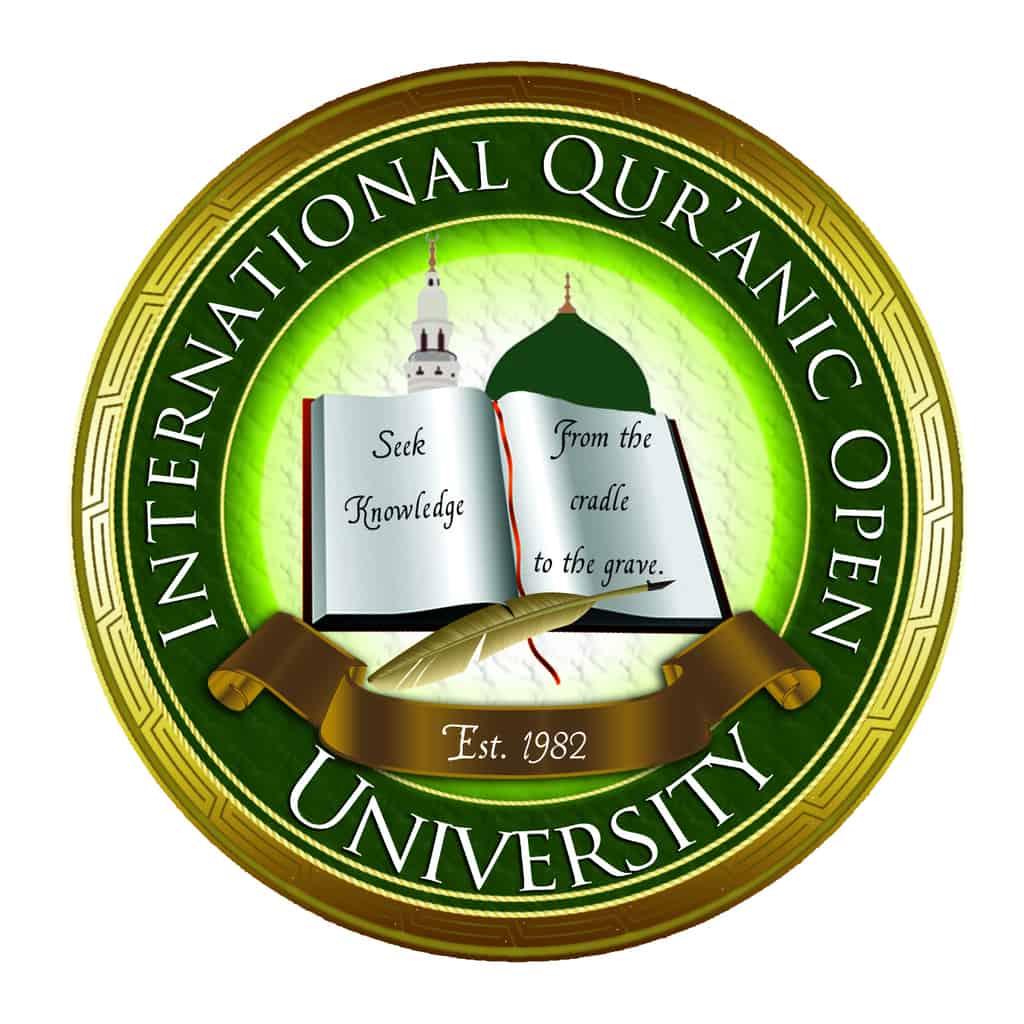The life that evolved in the mosques of the Muslim world spread outward to put its mark upon influential circles everywhere. The mosque played a great part in the spread of education in Islam.
The Holy Qur'an urges the faithful to think, ponder, reflect and acquire knowledge that would bring them closer to God and to His creation. This is the purpose of education. In the solitude of the mosque, the mind is released from the constraints of the mundane, is open to enlightenment, and enabled to align thought to reach its full spectrum of creativity.
The Holy Last Messenger, Muhammad (peace be upon him), commanded knowledge upon all Muslims, and urged them to seek knowledge as far they could reach, and also to seek it at all times. Following these commands and traditions, Muslim rulers insisted that every Muslim child acquired learning, and they themselves gave considerable support to institutions, particularly mosques, to foster learning. This contributed largely to making elementary education almost universal amongst Muslims. It was this great liberality, which the Muslims displayed in educating their people, that was one of the most potent factors in the brilliant and rapid growth of Islamic civilization.
The association of the mosque with education remains one of its main characteristics throughout history. The school became an indispensable appendage to the mosque. From the start, the mosque was the centre of the Islamic community, a place for prayer, meditation, religious instruction, political discussion, and a school. And anywhere Islam took hold, mosques were established, and basic instruction began. Once established, such mosques could develop into well known places of learning, often with hundreds, sometimes with thousands of students, and frequently containing important libraries.
Education was so universally diffused that it was said to be difficult to find a Muslim who could not read or write.
The first school connected with a mosque, was set up at Medina in 653, whilst the first one in Damascus dates from 744, and by 900 nearly every mosque had an elementary school for the education of both boys and girls.
Teaching and learning in most large mosques became a fully fledged profession, and the mosque school took on the semblance of an academy or even a university later on. So important were the mosque schools as centres of higher learning, indeed, that many of them still exist today as the oldest universities in the world. Amongst these, Al-Qayrawwan and Al-Zaytuna in Tunisia, Al-Azhar in Egypt, and Al-Qarawiyyin in Fez, Morocco. As places of renown, they attracted great names of Muslim scholarship, either as students, or teachers, or both. Many among the graduates of the mosques of Muslim Spain were Ibn Roshd, Ibn Al-Sayigh, and Ibn Bajja. In Basra (Iraq) Al-Khallil Ibn Ahmad gave lectures on philosophy at a mosque, and one of his students was Sibawaih who later became one of the most renowned Arabic grammarians of all times. From the beginning of the 9th century until our time, `the glory’ of the Qarawiyyin, it is held, was its body of scholars (ulama). The renown of such places attracted large numbers of students.
In the early Islamic era, the mosque was used for the teaching of one or more of the Islamic sciences and literary arts, but after the mid– ninth century, more and more came to be devoted to the legal sciences and scientific subjects. The mosques gradually took on wider functions on top of learning. Tracing this evolution, in the tenth century there was a flourishing of a new type of college, combining the masjid with a khan or inn to lodge law students from out of town. The great patron of this second stage in the development of the college was Badr ibn Hasanawaih (d. 1014/1015), governor of several provinces under the Buyids, and to whose name 3,000 masjid-khan complexes were credited over the thirty-year period of his governorship. Assistance for students in the various mosques was substantial. At the Qarawiyyin, for instance, students were not only exempt from paying fees but were also given monetary allowances periodically. The rulers played a major part in the endowment of mosques for education purposes. At the Qarawiyyin were three separate libraries, the most prestigious of which being the Abu Inan Library, founded by the Merinid Sultan, Al-Mutawakkil Abu Inan. In more than one respect Islam influenced Europe and subsequently the rest of the world with its system of education, including universality and its methods of teaching and granting diplomas. The influence also came in the form of the many translated books of Islamic scholars which formed the core of European education in their first universities (Montpellier, Bologna, Paris, Oxford…), which all were founded in the twelfth-thirteenth centuries.
Islam and knowledge are inseparable, and from the very early stages. Other than the urge of the Qur'an and the sayings of the Prophet Muhammad (peace be upon him) which prompted people to learn, the concrete symbol of Islam, the Mosque, was the centre of learning. And, indeed, until now, in most parts of the Islamic world, the word Jamia means at once both mosque and school, even when they are separate buildings, most often distant from each other. Finally, `Jamia’, the word for university in Arabic derives from Jami, mosque. No similar derivation exists in any other language or culture; there exists no better association between Islam and higher learning than this.
By means of the religious education, a Muslim develops the faculties to modulate the knowledge acquired through secular education by a process that provides spiritual and psychological maturity. This unlocks the mental and physical potential of human beings to fulfill their obligations to Almighty God, as well as their responsibilities toward humanity.





